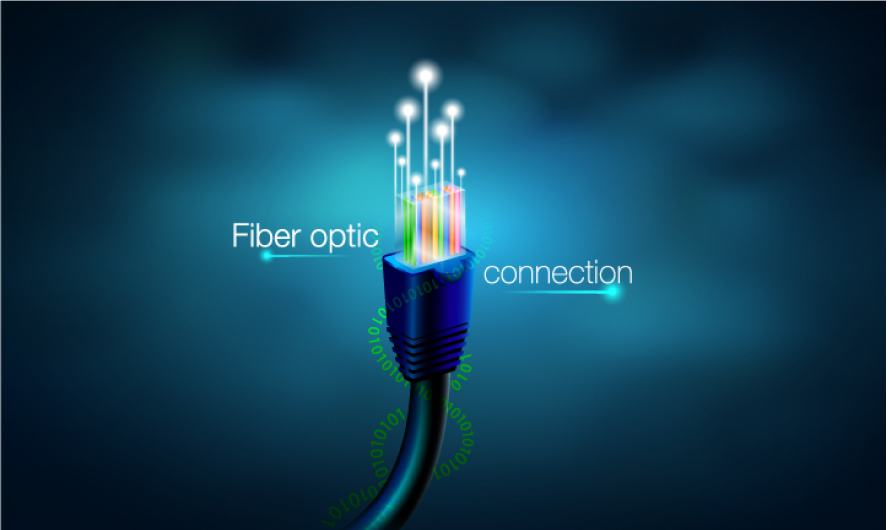Data transmission in fiber optic networks occurs through light waves which results in both faster performance and higher reliability compared to other internet types. Because of their low latency fiber optic networks are perfect for online gaming and livestreaming.
While fiber internet services mostly serve urban locations and dense populations, certain companies extend their fiber services to connect homes directly at the curbside. Users of fiber internet services show higher satisfaction levels compared to those who use DSL or cable services according to our provider ratings.
Speed
Fiber internet is currently the fastest available. The service delivers gigabit speeds up to 940Mbps which maintains multiple device connections simultaneously and delivers balanced upload and download speeds necessary for video streaming, video calls, competitive gaming and remote working. Fiber presents an excellent choice thanks to its superior ability to resist electromagnetic interference and harsh weather conditions.
Fiber proves to be an invaluable resource for business operations. Fiber connections maintain speed and stability that lets employees work from home without interference from multiple devices and data usage while also offering reduced attenuation relative to copper-based connections which deteriorate over distances; wireless technology merges with fiber to deliver enhanced download speeds and provides “gig speed” options that reach 10Gbps.
Reliability
The dedicated fiber connection maintains its stability because it experiences fewer outages and less electromagnetic interference which keeps uninterrupted connectivity during thunderstorms. It maintains reliable connections so you remain connected even during extreme weather events.
Data transmission through fiber happens as light signals move along glass strands at high speeds and this method delivers dependable transmission without suffering interference or degradation from copper lines or coaxial cables.
Light signals provide symmetrical upload and download speeds which allow you to stream HD movies and host video calls while maintaining optimal internet performance. The minimal latency of fiber allows it to deliver optimal performance for gaming and real-time applications.
Fiber networks provide greater energy efficiency compared to copper connections because their signals travel longer distances with less power, which reduces your energy costs and carbon emissions. Network-dependent businesses gain exceptional advantages from this benefit which supports their productivity and expansion goals.
Cost
Fiber internet plans require higher payments than cable and DSL services but deliver superior download and upload rates compared to all other wired options. Fiber connections have been designed to anticipate and support increased device connections and future high-bandwidth Internet activities.
The glass strands used in fiber optic cables offer more dependable data transmission than cable internet connections that depend on copper wires which face environmental challenges.
A variety of providers offer fiber-optic internet plans but full national availability remains unavailable from all providers. Choose internet providers with equal upload and download speeds when you need high-quality gaming and video streaming capabilities because such providers deliver the best experiences without data restrictions or equipment rental charges (Wildstream Kinetic exemplifies this by offering low promotional rates without contracts across 18 states).
Availability
Many regions now provide fiber internet services which surpass other internet service offerings with multiple advantages. Symmetrical upload and download speeds make fiber internet ideal for households who regularly stream 4K videos and play online games. Their design protects them from electromagnetic interference as well as severe weather conditions.
Evaluate the provider’s reliability reputation along with customer satisfaction ratings together with their competitive introductory prices and bundling options as well as the rapid expansion of their networks before making the switch to fiber.
Installing fiber internet into your residence necessitates a router for adequate high-speed data transmission. Your home receives signals through an Optical Network Terminal (ONT) which serves the same purpose as a cable modem and which ISPs give for free or charge for monthly. Certain providers require their customers to purchase additional WiFi equipment to distribute internet signals throughout their homes and these providers might charge additional fees for this equipment.


